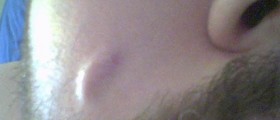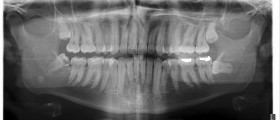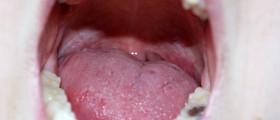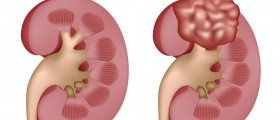
Cysts are sac-like structures which can vary in size and shape, being filled with gas, fluids or semisolid material, appearing in tissues of our body, representing an abnormal part of it. Many people of all ages develop cysts and these growths may be microscopic or have the size of an entire organ.
Reasons behind Cysts
Cysts appear in one's body due to various reasons, some being more dangerous than others. Basically, cysts may come with age due to the wear and tear processes of our, human, existence. Also, having a cyst in your body may signify a presence of infection or tumors. Alternatively, chronic inflammatory conditions or genetically transferable conditions, both can stand behind cysts appearing in your body. Finally, embryo defects affecting organs can manifest through cysts.
Signs of Cysts
Most types of cysts have their underlying causes and based on these, they can either be preventable or unpreventable. When a cyst appears in one's skin, it can commonly be felt by touching, resembling a lump. This can also be a case with cysts located in the breast tissue. However, when cysts are located inside our organism, affecting organs like kidneys or liver, these growths are usually asymptomatic and left undetected, being accidentally discovered during X-ray, CAT or MRI scans. Alternatively, they might trigger numerous symptoms, letting the patient and the doctor known about their presence.
Treatment for Cysts
If a cyst is very large, triggering numerous symptoms, it is usually removed through a surgical procedure. The fluid located in the cyst can be drained by needle insertion, leading to destruction of the cyst itself. If the cyst is not easy to find or access, radiologic imaging is used. Nevertheless, you should never drain a cyst on your own. Rather, you should seek medical assistance and leave this to professionals.
Surgery may be necessary once a cyst is suspected to be cancerous. However, before this happens, a part of the cyst is taken and scanned for the presence of cancer cells. As far as other causes are concerned, if the underlying trigger of the cyst is pinpointed and diagnosed, the entire treatment is focused on this condition.
Prevention and Additional Facts
In most cases, cyst formation cannot be prevented. Yet, depending on the cause, sometimes the medical conditions which lead to the cyst formation can be prevented.
Nevertheless, most cysts are benign and do not present a life threat. Unfortunately, in some other cases, when the cysts are cancerous, the prognosis may be grim.

















Your thoughts on this
Loading...